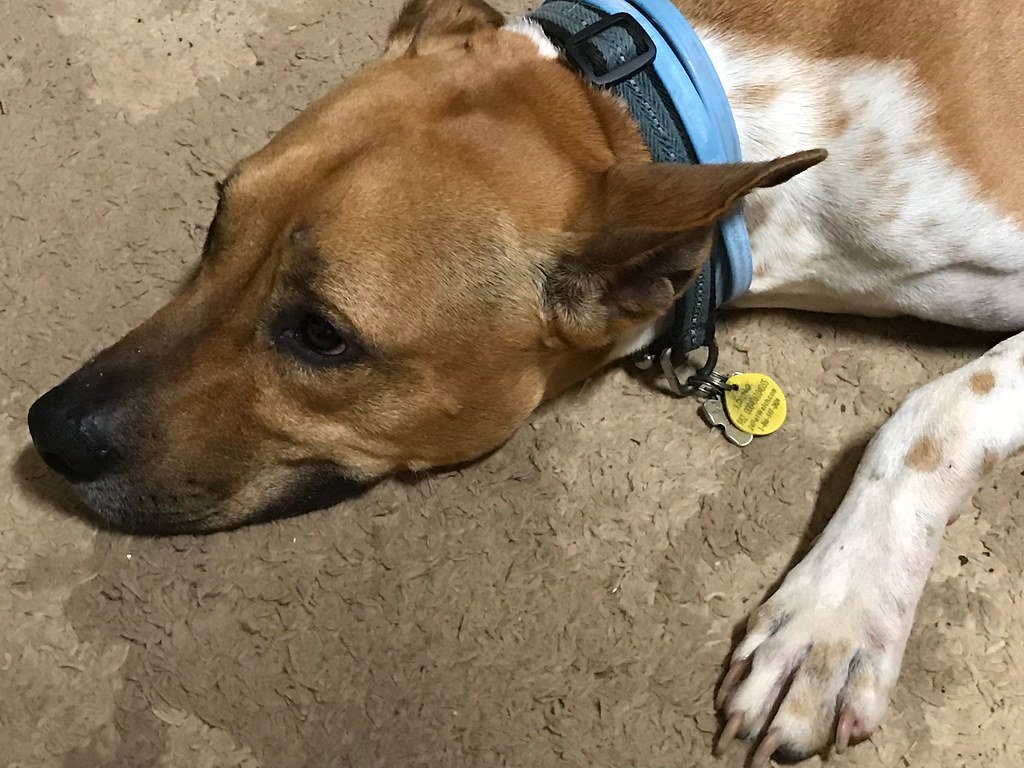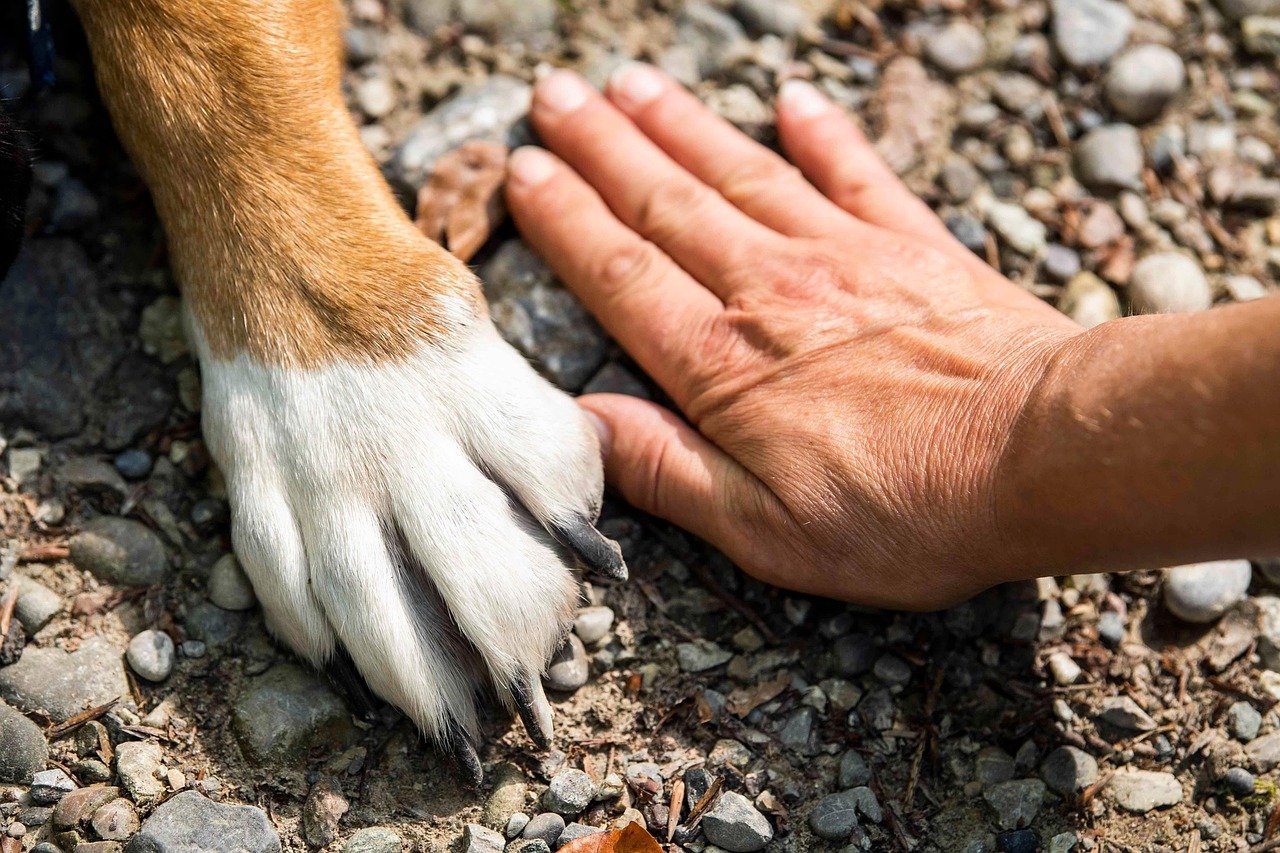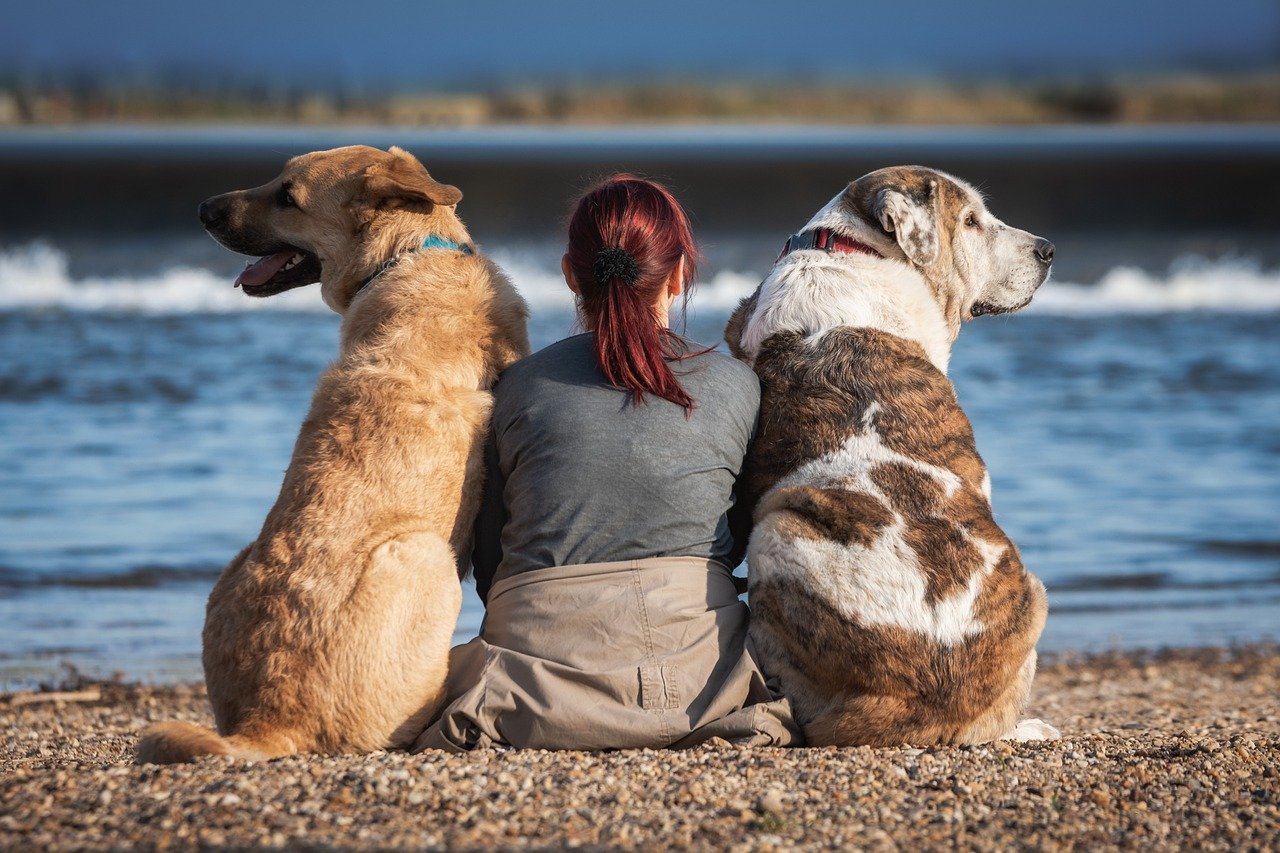Have you ever reached out to pet your dog, only to see them flinch, shrink away, or even snap? It’s heartbreaking—and confusing. Dogs are supposed to love affection, right? Yet, some pups act like a gentle hand is a thunderstorm. If your fur buddy seems extra sensitive to touch, you’re not alone. Many dog lovers face this puzzling challenge, and it can leave you feeling worried and helpless. Let’s walk through why your dog might be reacting this way and what you can do to help them feel safe, understood, and cherished.
Understanding Sensitivity: More Than Just “Moody”

When a dog is sensitive to touch, it’s not them being dramatic or stubborn. Their reaction is often rooted in emotion, past experience, or even pain. Imagine if every handshake felt like a prick or if you remembered a bad fall every time someone brushed your arm—dogs can feel that way too.
Sensitivity can be a sign your dog is processing something big. Maybe they’re anxious, remembering an old injury, or they simply have a gentle soul. By viewing their reactions with empathy, you’ll be better equipped to support—not scold—them. Think of your pup as a friend who needs a little extra kindness.
Spotting the Signs: What Does Touch Sensitivity Look Like?
Some clues are obvious: a yelp, flinch, lip curl, or even snapping when touched. But sometimes, dogs show their discomfort in subtle ways—a stiff body, pinned-back ears, or a tail tucked tight. Others might lick their lips, yawn, or simply move away quietly.
Pay attention to your dog’s eyes and posture. If they seem tense or try to avoid your hand, it’s their way of saying, “Not now, please.” Each pup speaks their own “body language,” and learning it deepens your bond and helps you notice problems early.
Health Matters: When Pain Is the Culprit
Sudden sensitivity to touch can be a red flag for pain or illness. Arthritis, ear infections, dental issues, or even a pulled muscle can make a dog wary of being handled. A dog who once loved belly rubs but now growls or snaps may be asking for help, not acting out.
Always check for physical problems first. Gently run your hands over your dog’s body and watch for flinching, whimpering, or favoring one side. If anything feels off, a trip to the vet is a must. Catching health problems early can turn a tough situation around.
Puppyhood Experiences: The Power of Early Touch
A dog’s first months shape their lifelong attitudes toward touch. Puppies who are gently handled, cuddled, and exposed to different sensations tend to grow into confident, relaxed adults. But if early life was rough—too little human contact, rough handling, or scary experiences—fear of touch can take root.
Think of a puppy as a blank canvas. The more positive brushstrokes in those early weeks, the brighter and bolder their future can be. If you adopted a dog with a mysterious past, patience and gentle exposure are your best tools.
Fear and Trauma: Shadows That Linger
Some dogs carry invisible scars from past trauma. Maybe they were hit, neglected, or frightened by a rough groomer. For these pups, hands can symbolize danger. Their nervous system remembers, even if you’re nothing but loving.
Approach a fearful dog with slow movements and gentle voices. Let them come to you, and never force contact. Over time, trust can blossom. I once fostered a rescue who cowered from every touch; with months of patience and treats, she finally let me scratch her ears—and it felt like winning the lottery.
Genetics and Breed Tendencies: Born a Little Shy

Just like people, some dogs are naturally more sensitive. Breeds like Chihuahuas, Greyhounds, or Shelties are known for their delicate natures. Genetics can make a dog more touchy or reactive, even in a loving home.
That doesn’t mean your dog is doomed to a life of anxiety. With understanding and consistent, positive experiences, even the shyest breeds can learn to enjoy gentle affection. Every dog’s personality is unique—celebrate their quirks and work with them, not against them.
Behavioral Cues: Listening to What Your Dog Is Saying

Sensitive dogs use body language to communicate discomfort. Watch for subtle cues: a quick head turn, licking lips, or holding their breath. These “whispers” often come before louder protests like growling or snapping.
Respect these signals. If your dog says “enough,” pause and give them space. Over time, this builds trust. Remember, listening is the first step to helping your pup feel safe and understood.
How to Help: Building Trust and Comfort

Start by letting your dog set the pace. Offer treats and praise for small steps like sniffing your hand or allowing a brief touch. Use slow, predictable movements—no surprises. Positive reinforcement can help rewrite your dog’s story about touch.
Create safe spaces where your dog can retreat when overwhelmed. Gentle massage, calming music, or even a favorite blanket can work wonders. If progress feels slow, consider reaching out to a qualified trainer or behaviorist. You’re not alone—and your dog is worth the effort.
And remember: every dog deserves a gentle touch, patience, and love. Isn’t it amazing how much they teach us about empathy and trust?






